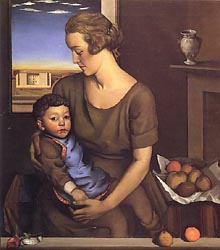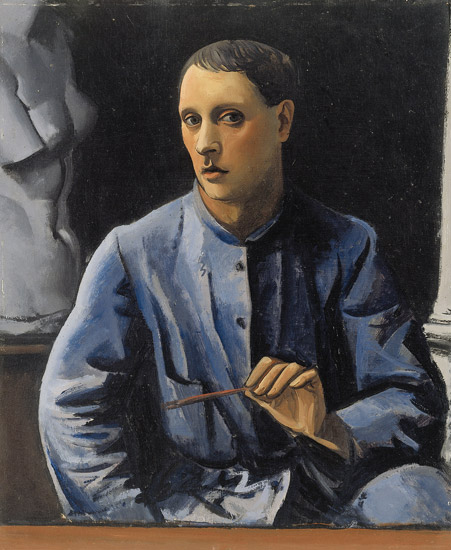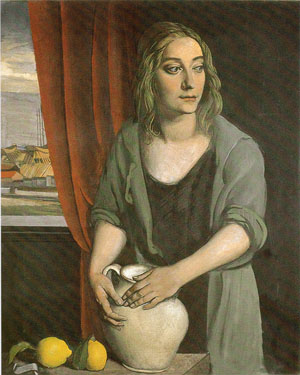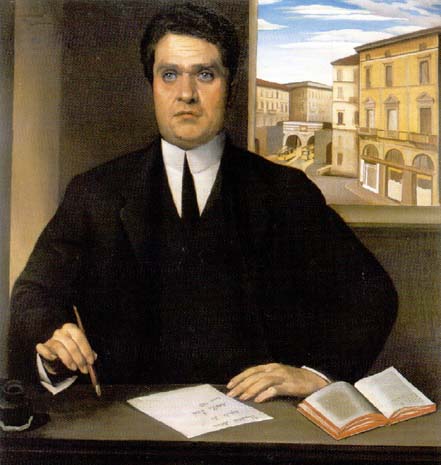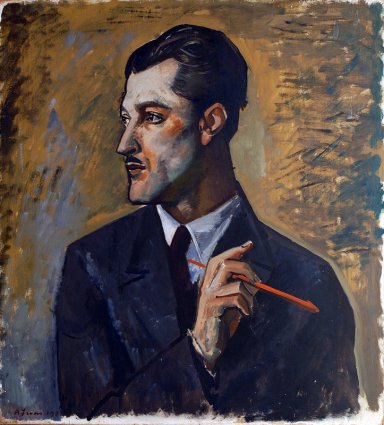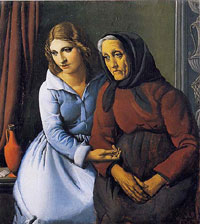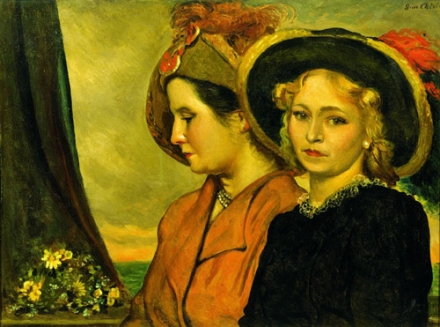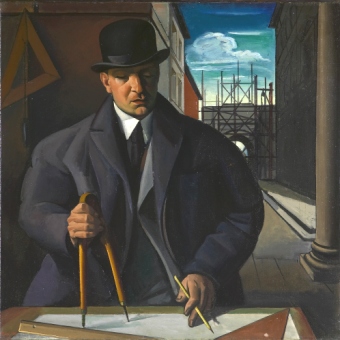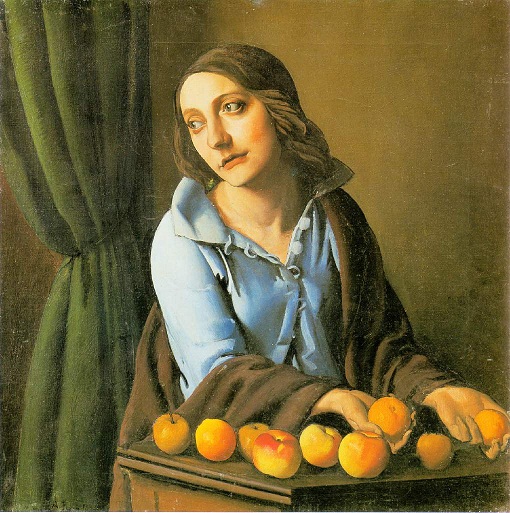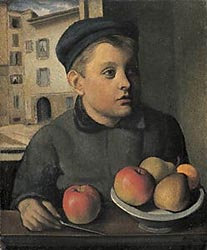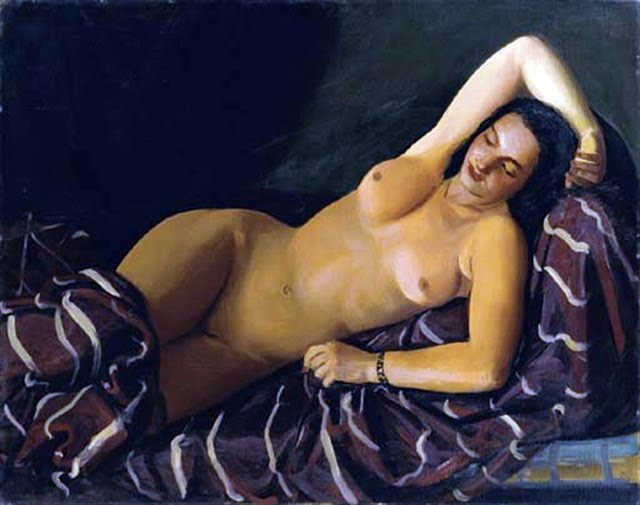<Back to Index>
- Painter Leonardo Dudreville, 1885
- Painter Achille Funi, 1890
PAGE SPONSOR
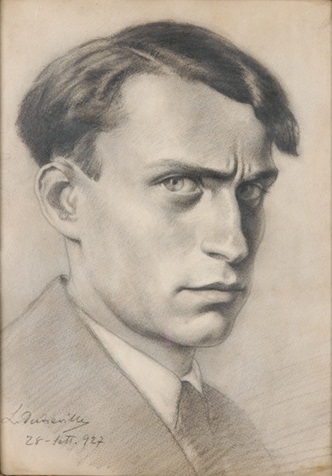
Leonardo Dudreville (Venice, 1885 – Ghiffa (Verbania), 1975) was an Italian painter.
Dudreville studied at the Brera Academy in Milan from 1903 to 1905 and joined the Coenobium, a group of young artists belonging to the Scapigliatura movement, in Monza together with Anselmo Bucci. After a stay in Paris (1906 – 07), his Divisionist style brought him into contact with Alberto Grubicy’s gallery. He adopted Futurism in 1912 and was one of the founders of Nuove Tendenze. In close contact with the critic Margherita Sarfatti in the years following World War I, he took part in the Venice Biennale (13th Esposizione Internazionale d’Arte di Venezia) in 1922 and was one of the group of Sette pittori del Novecento who exhibited at the Galleria Pesaro, Milan, in 1923. Relations between the members of the Novecento Italiano movement were not always smooth, as shown by his participation in their first exhibition in 1926 but not the second in 1929. One of his works was bought in 1928 for the Galleria d’Arte Moderna, Milan, and his first solo show was held in 1936 at the Galleria Dedalo in the same city. His style became increasingly meticulous with a wealth of detail. He was evacuated to Ghiffa during World War II and stayed there until his death.
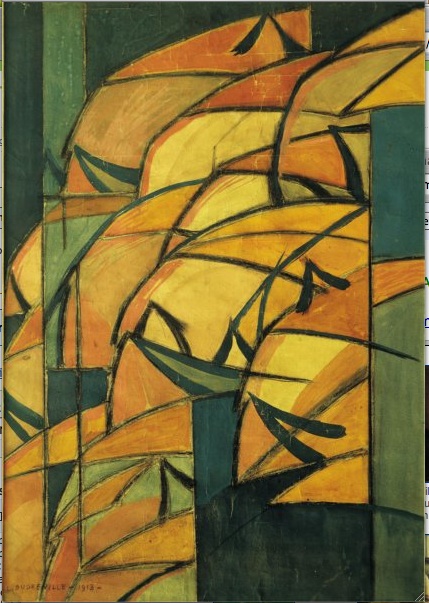
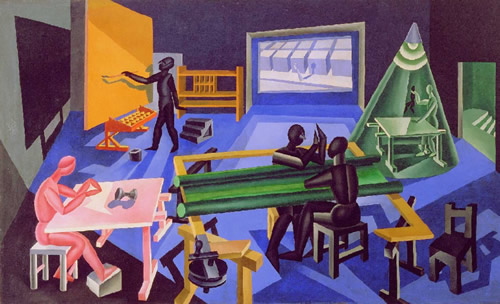
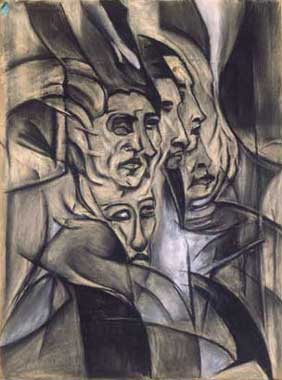
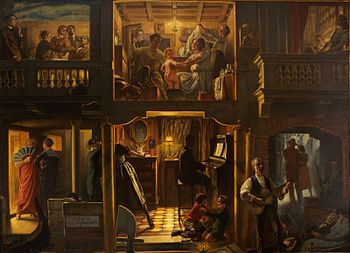
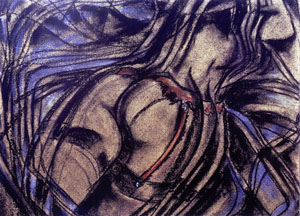
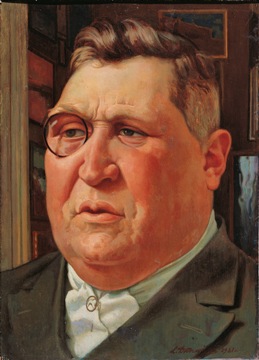
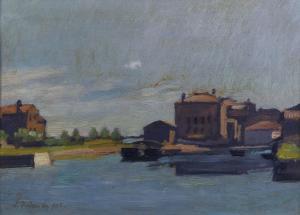
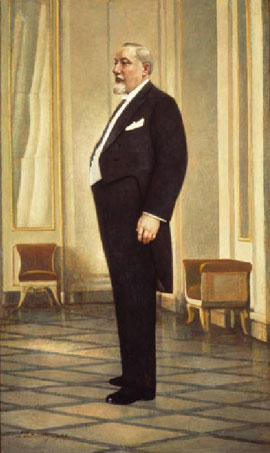
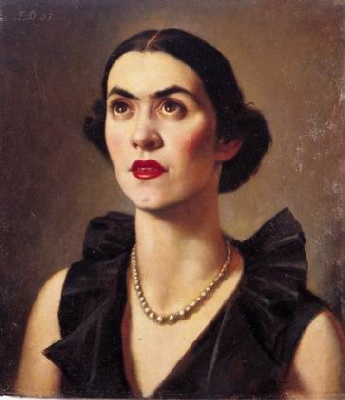
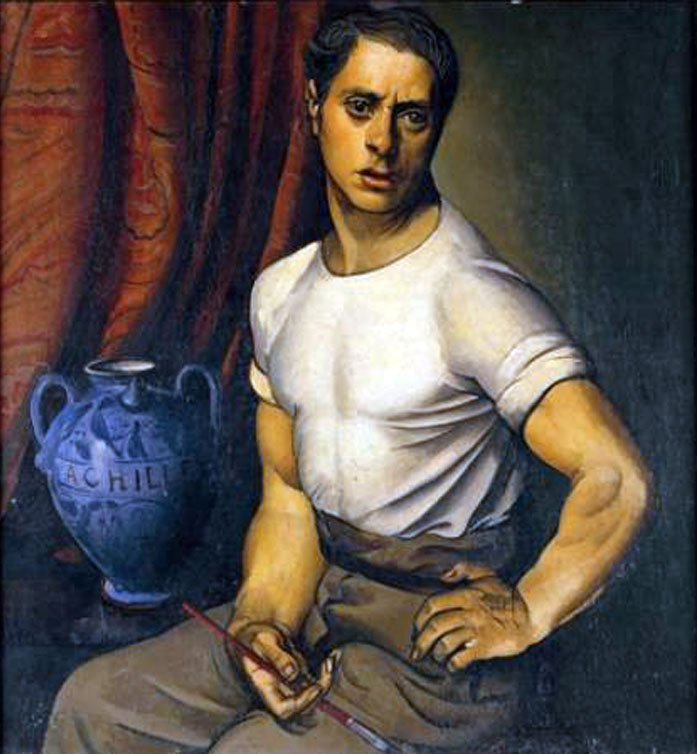
Achille Funi (Ferrara, 1890 – Appiano Gentile (Como), 1972) was an Italian painter.
Funi studied at the Brera Academy of Fine Arts from 1906 to 1910 and joined the Nuove Tendenze movement as a painter of Cubo - Futurist works in 1914. Having enlisted in the Volunteer Cyclist Battalion and served in World War II, he became a champion of the "return to order". He studied Graeco - Roman statuary and was influenced by De Chirico’s Metaphysical painting. Having come into contact with Margherita Sarfatti, he was a founding member of the Sette Pittori di Novecento group in 1922 and then one of the leaders of Novecento Italiano, taking part in the movement’s first and second exhibitions (Milan, 1926 and 1929). The author of numerous frescoes in the 1930s, he was a signatory of the Manifesto della Pittura Murale together with Mario Sironi in 1933 and became one of the artists most esteemed by the Fascist regime, obtaining a teaching post at the Brera Academy in 1939. The period after World War II saw the continuation of decorative works for public and religious buildings in Milan and a parallel focus on landscapes.
